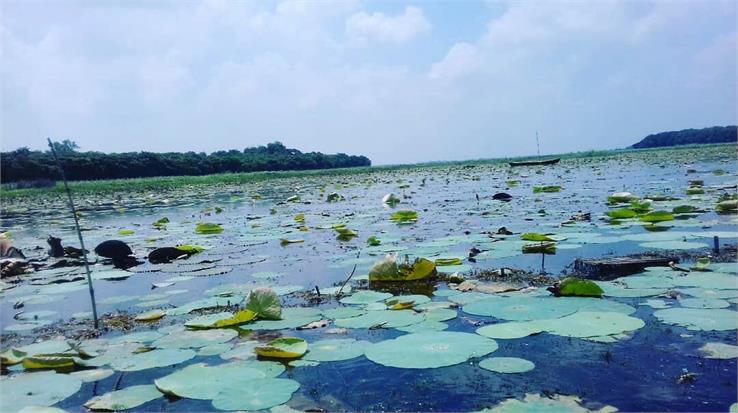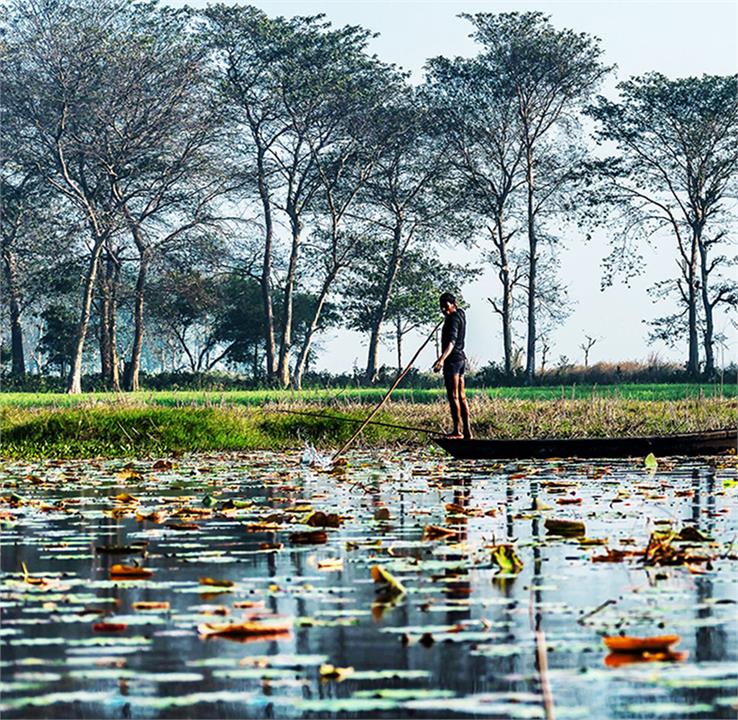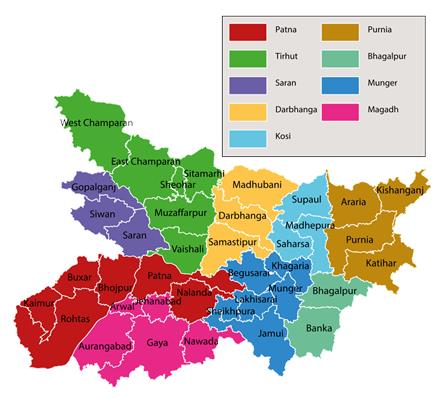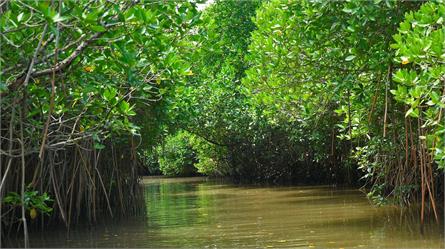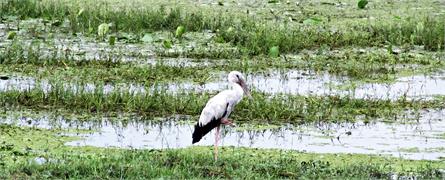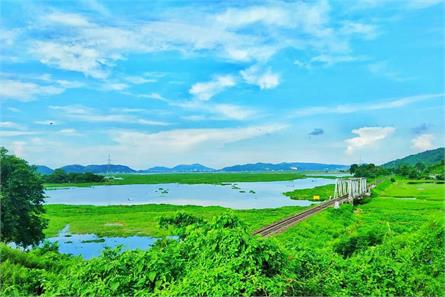Discover Kanwar Taal The Bird Sanctuary In Bihar!
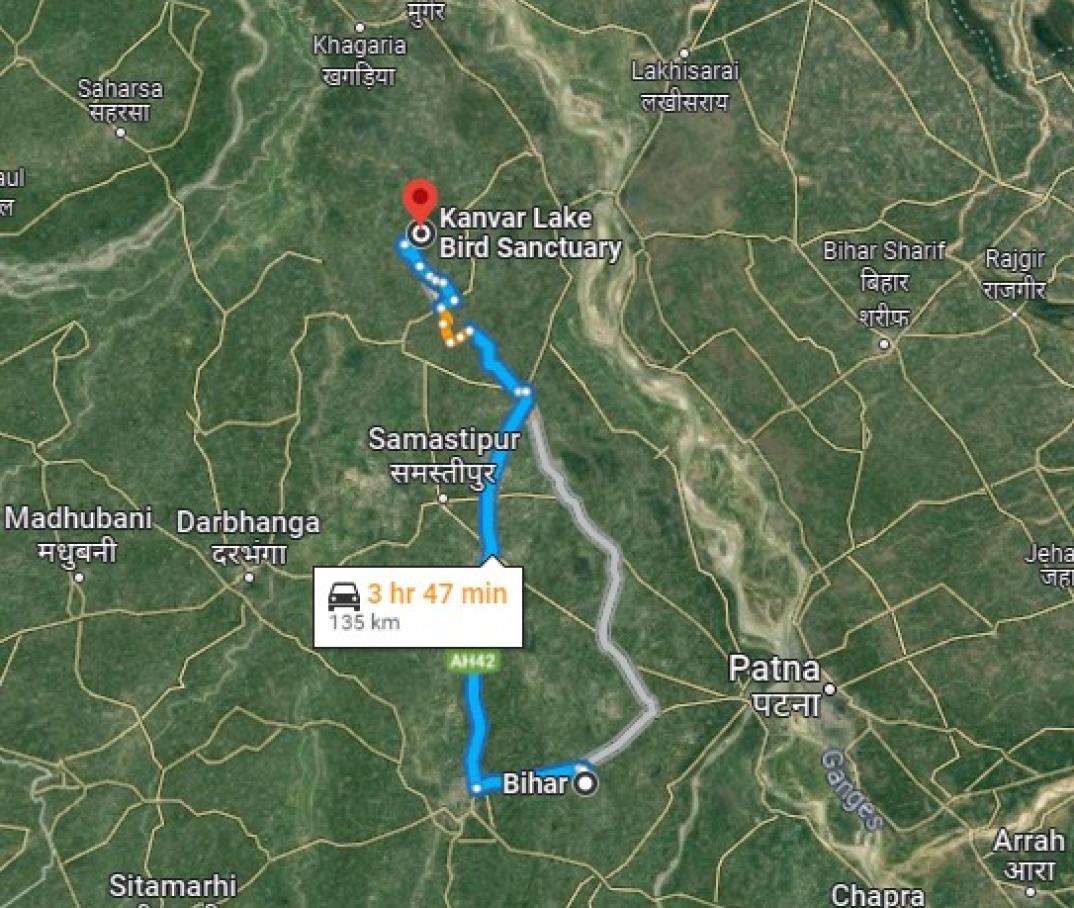
Kanwar Taal, known as Kabar Taal or Kabartal Wetland, is an oxbow lake in Begusarai district, Bihar, India. It is the largest freshwater oxbow lake in Asia, covering an area of 67.5 km². The lake was established as a bird sanctuary in 1987 and is now a designated Ramsar site since 2020.
Kanwar Taal is a significant wetland in Bihar and is an essential stopover for migratory waterbirds along the Central Asian Flyway. The lake provides vital flood absorption during the monsoon season and supports agriculture during the dry season. It also houses five critically endangered species and over 50 fish species.
Also Read: Ramsar sites in India
Kanwar Taal is notable for several reasons
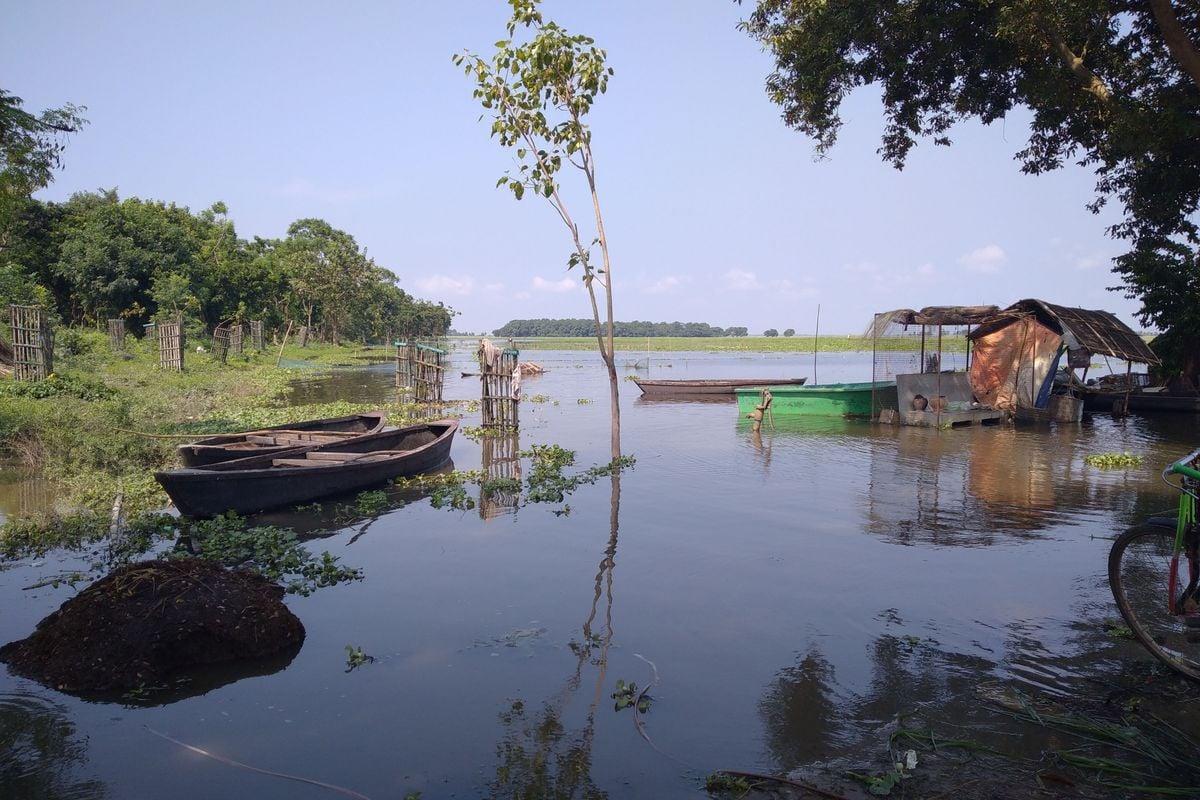
1. Size and Geography
Kanwar Taal is the largest freshwater oxbow lake in Asia, covering an area of approximately 67.5 square kilometers. Oxbow lakes are formed when a river changes its course, leaving behind a curved, water-filled depression.
2. Conservation
The lake was recognized for its ecological importance and designated as a bird sanctuary in 1987. Subsequently, in 2020, it received international recognition as a Ramsar site. Ramsar sites are wetlands of international importance under the Ramsar Convention, which aims to conserve and sustainably use such areas.
3. Biodiversity
Kanwar Taal is rich in biodiversity. It is home to a wide range of plant and animal species. It supports 165 plant species and 394 animal species, including 221 species of birds. These bird species include both resident and migratory birds, with the lake serving as an important stopover point for migratory waterbirds traveling along the Central Asian Flyway.
4. Flood Absorption
The wetland plays a crucial role in flood absorption during the monsoon season. It helps in reducing the impact of floods in the region by absorbing excess water, which is important for flood control and the protection of nearby areas.
5. Agricultural Support
During the dry season, Kanwar Taal supports agriculture in the surrounding areas. The water from the lake is used for irrigation, benefiting local farmers and contributing to the region's agricultural productivity.
6. Endangered Species
The wetland is home to five critically endangered species, highlighting its significance in conserving rare and threatened wildlife. Additionally, it hosts over 50 fish species, contributing to the aquatic biodiversity of the region.
Kanwar Taal's recognition as a Ramsar site underscores its importance in India and globally regarding biodiversity conservation and wetland protection. It serves as a critical habitat for various species of wildlife and plays a vital role in the ecological and socio-economic well-being of the region. Efforts to preserve and sustainably manage this wetland are essential to ensure its continued ecological functions and benefits.


